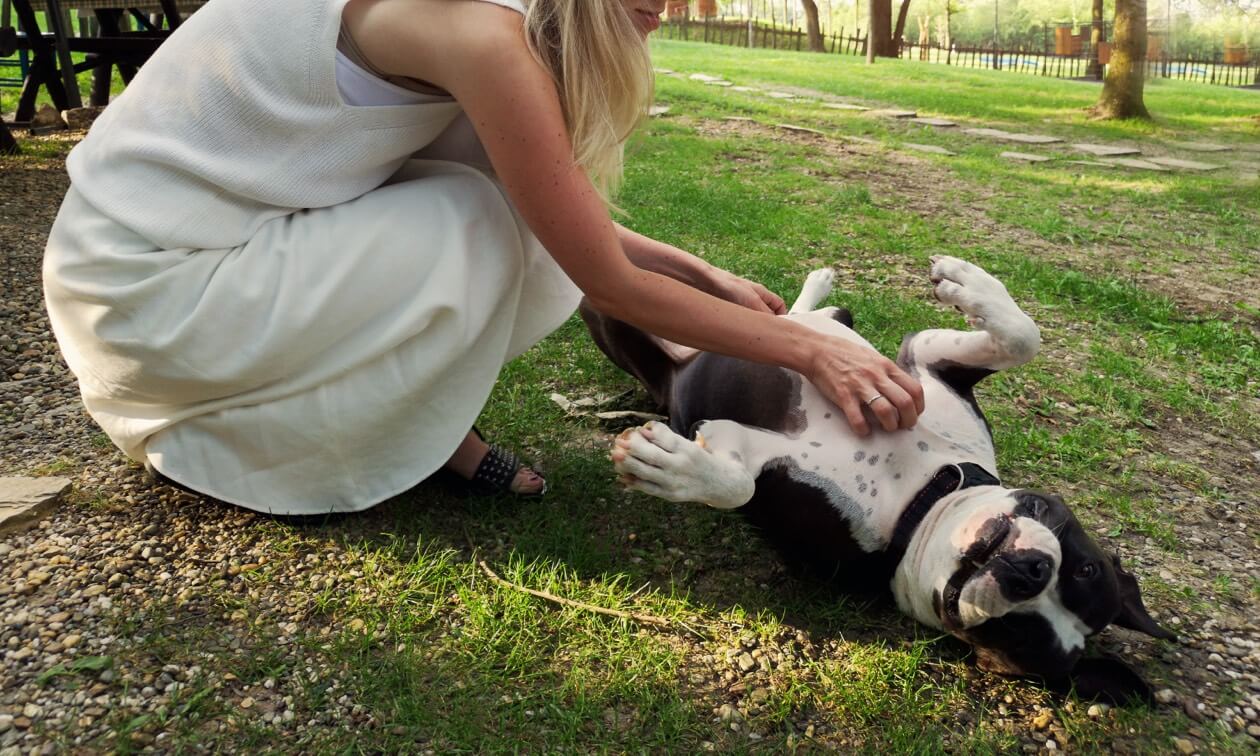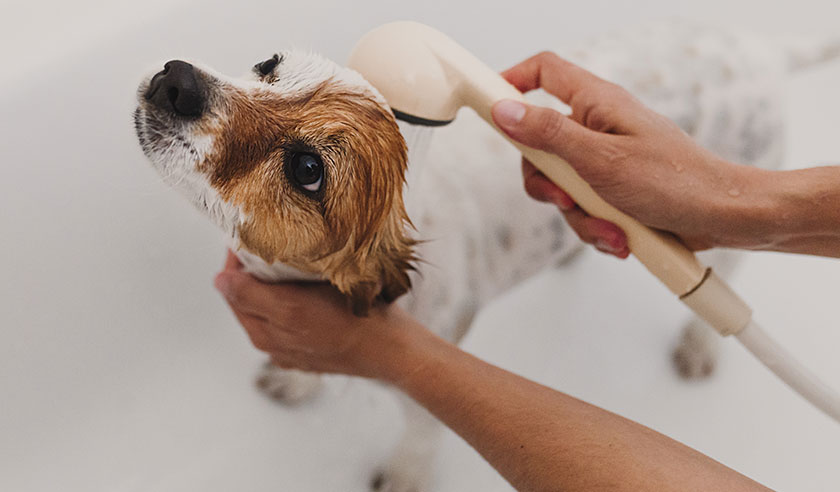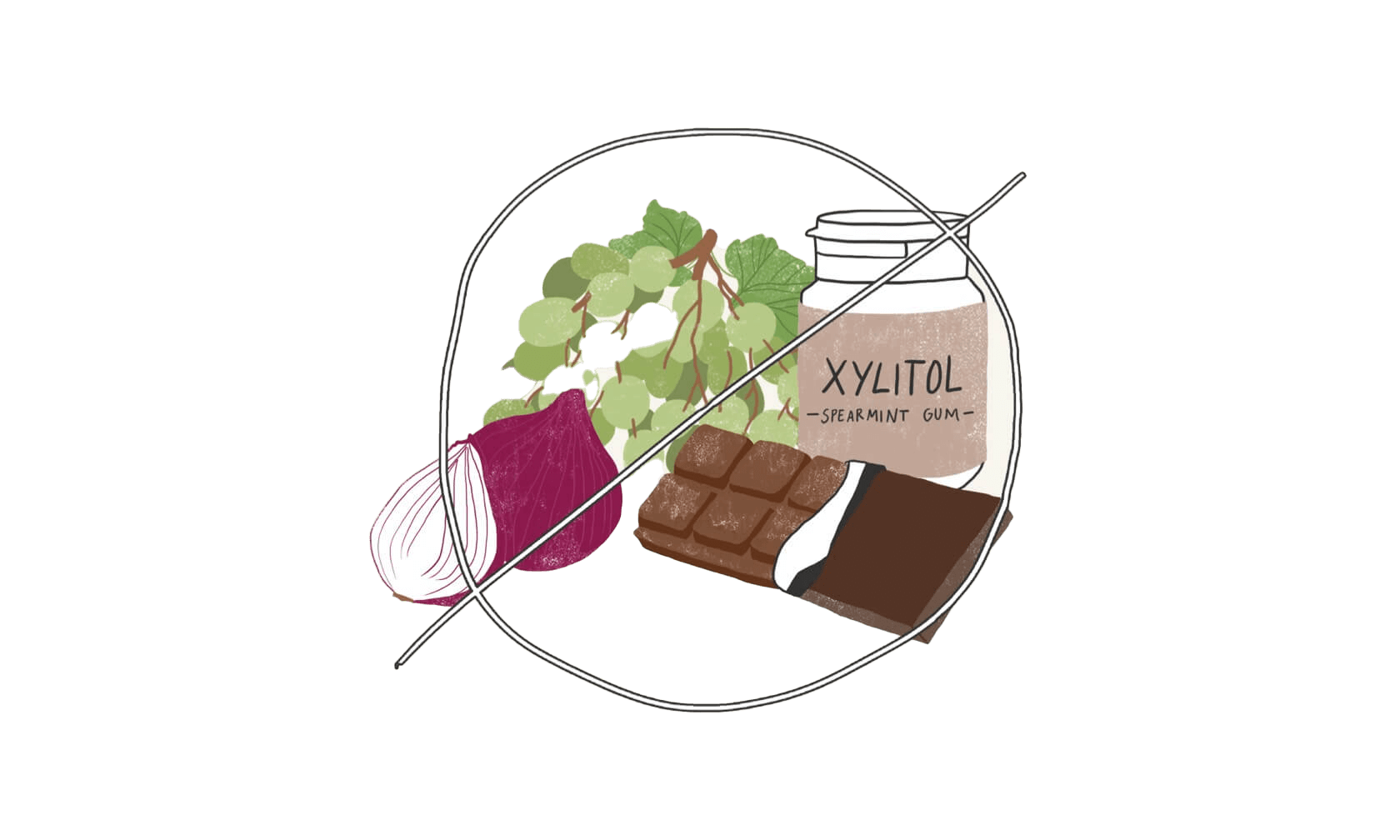Whether you’re a nature lover or not, you’ve probably heard the mnemonic “leaves of three, leave them be” to help you identify and avoid poison ivy (Toxicodendron radicans). Unfortunately, dogs can’t rhyme or count, so it can be hard for them to know to stay away from it.
Though it’s rare for a dog to get poison ivy, it’s still important to know how to protect your dog from the dreaded plant. It’s also helpful to understand the symptoms your dog may show if they’re infected and how to treat it without infecting yourself.
How Do Dogs Get Poison Ivy?
If you’ve ever experienced the misery of poison ivy, you know how itchy and uncomfortable it is. Naturally, you want to save your dog from that unpleasant experience. Luckily, their fur helps protect their skin from direct contact with the plant’s sap. The sap contains a clear liquid compound called urushiol. This compound is responsible for the itchy, annoying rash that results from contact with poison ivy. While fur may be a protective barrier, it’s not impenetrable.
There appear to be certain breeds prone to getting poison ivy. The factors that influence this include:
- Exposed skin due to less fur coverage, as with hairless breeds like the Chinese Crested
- Being lower to the ground allows bellies with less fur to brush against the plant, as you see with French Bulldogs
- Outdoor lifestyles, such as hiking and hunting, are generally attributed to larger, active breeds like Labradors and Pointers
Symptoms of Poison Ivy in Dogs
Poison ivy is only considered mildly toxic to pets, whether exposure is via skin or orally1.
If your dog consumes it, poison ivy can cause gastrointestinal irritation resulting in vomiting and diarrhea. Call your veterinarian if you think your dog has consumed poison ivy.
When the urushiol in the plant’s sap makes contact with the skin, you may notice the following symptoms:
- Redness
- Swelling
- Itching
- Rash
- Blisters
How to Treat Poison Ivy on Dogs
If you think your dog has been exposed to poison ivy, you should give them a bath as soon as possible. Be careful handling them and be sure to wear gloves. The oils left on the fur can be transferred to you, resulting in your own miserable, itchy rash.
If you notice the symptoms above associated with skin contact, it’s best to have your dog evaluated by a veterinarian. Since it’s uncommon for dogs to get poison ivy, they may have a different underlying medical condition, such as skin mites, allergies, or another type of contact dermatitis that causes similar symptoms.
If your veterinarian confirms that your dog’s skin rash is due to poison ivy, they may prescribe steroids (topical steroids, other prescription medication for dog's itchiness, oral, and/or injectable), antibiotics, topical ointments, and/or medicated shampoo. The treatment aims to manage your dog’s itchiness, prevent self-trauma (scratching and chewing the skin), and prevent secondary bacterial skin infections.
How to Recognize Poison Ivy and Prevent Contact with It
Always remember, “leaves of three, leave them be.” The center leaf is larger than the two side leaves, and the edges will be either notched or smooth.
Except for a few places (like the desert, Alaska, and Hawaii), poison ivy is found across most of North America. It tends to grow along riverbanks, roadsides, fields, and wooded areas. It can also be found in gardens and landscapes.
It’s beneficial to carry a pair of gloves, doggie cleaning wipes, and a baggie when going to areas you know have poison ivy. If you notice your dog has come into contact with the plant’s sap, you can safely clean it off with the wipe and secure the wipe away in the baggie. This protects you from exposure to the oils left on the fur.
Even if you avoid the poison ivy and clean your dog with wipes, it is always best to give your dog a bath when returning from outdoor walks or play, especially if they have been in places where poison ivy grows.
ZPC-02520
- Poison Ivy. Pet Poison Helpline. https://www.petpoisonhelpline.com/poison/poison-ivy/. Accessed September 28, 2022.





